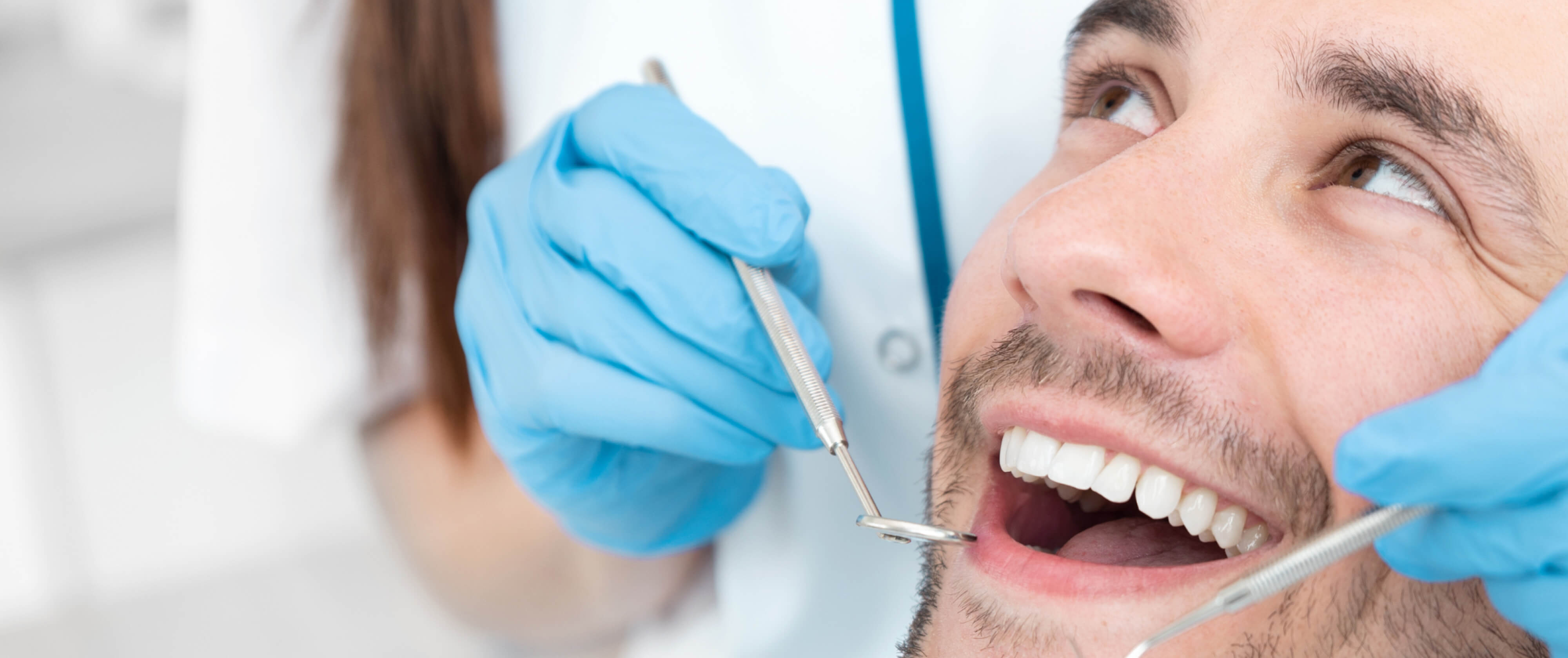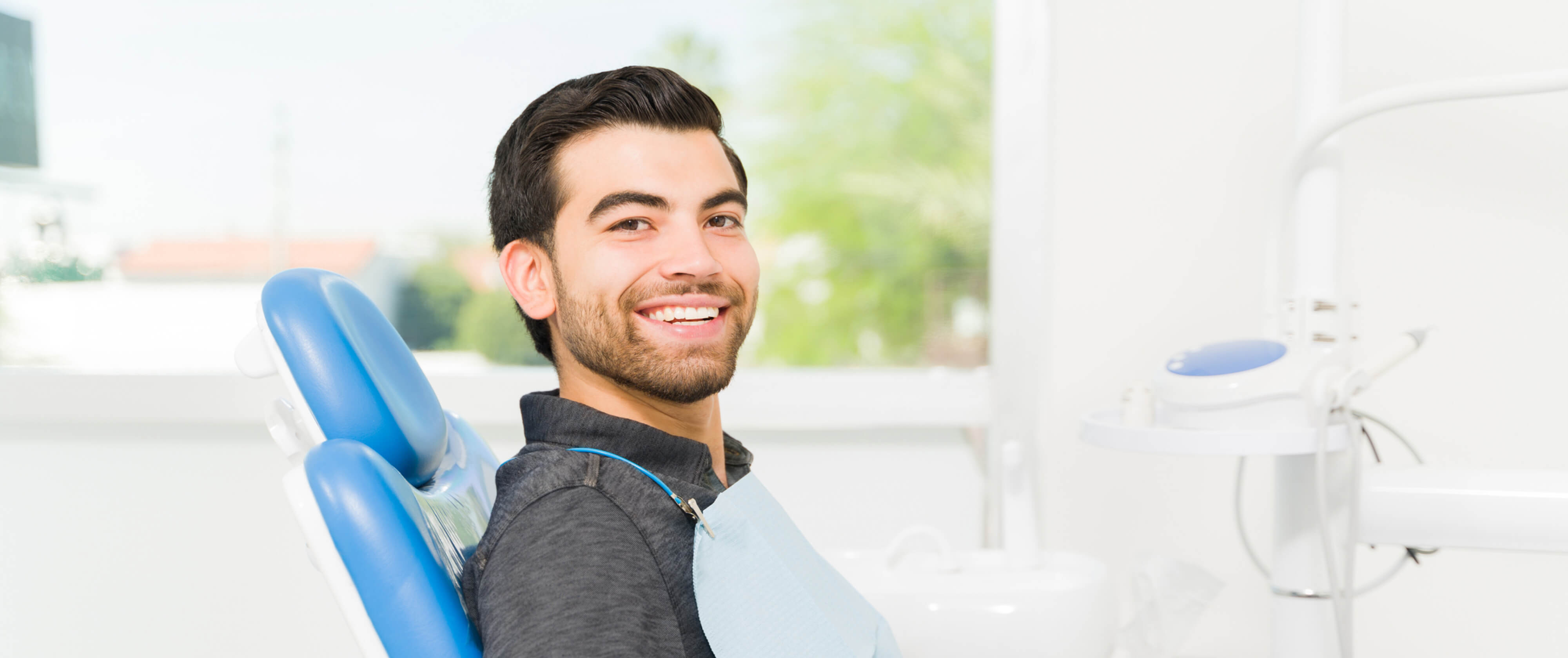Forschung & Studien
Die neuesten Erkenntnisse und Fortschritte in der Zahnimplantat-Forschung:
Aktuelle Studien und Innovationen zu den Themen Zirkoniumdioxid-Keramik und -Zahnimplantate.
Z-SYSTEMS prägt und beeinflusst den Keramikimplantat-Markt seit 2004.
Wir haben Berichte über Fälle, die mehr als 17 Jahre lang nachverfolgt wurden und im Laufe der Zeit klinische Erfolge und Stabilität zeigen. Dies spiegelt das Engagement von Z-SYSTEMS wider, Anwendern und Patienten modernste Produkte von höchster Qualität zu bieten. Besonders wichtig ist, dass das Unternehmen bestrebt ist, mit dem wissenschaftlichen Fortschritt Schritt zu halten, indem es Forschungsstudien in seinen verschiedenen Facetten in ganz Europa unterstützt.
Z-SYSTEMS unterstützt klinische, sowie registrierte Follow-up Studien zu allen Produkten, die derzeit in mehreren Zahnarztpraxen auf dem Markt sind. Vor allem in der Schweiz, Deutschland und Spanien. Darüber hinaus ist das Unternehmen an neun Universitäten in fünf Ländern aktiv vertreten und unterstützt die wissenschaftliche Forschung zu in vitro wie auch in vivo Untersuchungen.
Weiterlesen
Die klinische Hauptproblematik in der Implantologie ist die entzündliche lokale Erkrankung, Periimplantitis, die hauptsächlich durch die Ansammlung von bakteriellen Überresten (Plaque), um die Implantat Komponenten herum verursacht wird. Z-SYSTEMS hat es sich zur Aufgabe gemacht, aufzuzeigen, dass dieses Problem mit hochwertigen Keramikimplantaten teilweise gelöst werden kann, die in der oralen Umgebung mit reduzierter Plaque Ansammlung einheilen und bestehen, und darüber hinaus hervorragende ästhetische Ergebnisse liefern.
Z-SYSTEMS glaubt an eine wissenschaftlich fundierte Entscheidungsfindung und plant daher für die kommenden Jahre, die Forschungskooperationen weiter auszubauen, um die Wissenschaft hinter keramischen Implantat Systemen noch stärker zu festigen. Ziel ist es, mehr qualitativ hochwertige Daten zu veröffentlichen, um die Anwender in Bezug auf hervorragende klinische Langzeitergebnisse zu unterstützen.
Innovationen in der Zahnimplantat-Forschung: Aktuelle Erkenntnisse und Fortschritte
First clinical results of dental screw implants made of zirconium oxide
Zirconium dioxide implants – Practical experience: What are the aesthetic benefits of ceramic implants?
Two-piece zirconia implants with two various platforms: RCCT’s preliminary results
Five-year success rate of 831 consecutively placed zirconia dental implants in humans: A comparison of three different rough surfaces
Int J Oral Maxillofac Implants 2010; 25(2): 336–344
Olivia J. et al.
Zirconia dental implants: A clinical, radiographic, and microbiologic evaluation up to 3 years
One-piece ceramic implants: A longitudinal study over a two-year observation period
Two-piece zirconia implants in the posterior mandible and maxilla: A cohort study with a follow-up period of 9 years
Quality of the peri-implant soft tissue attachment of zirconia implants (-abutments): Comparison of the results of a literature review with the experiences of dental practitioners
A systematic review of the clinical survival of zirconia implants
Zirconia dental implants: Investigation of clinical parameters, patient satisfaction, and microbial contamination
Increased levels of dissolved titanium are associated with peri-implantitis – a cross-sectional study
Ligature-induced peri-implant bone loss around loaded zirconia and titanium implants
Is there a better biomaterial for dental implants than titanium? – A review and meta-study analysis
Bone tissue responses to surface-modified zirconia implants: A histomorphometric and removal torque study in the rabbit
Osseointegration of zirconia implants with different surface characteristics: an evaluation in rabbits
A new testing protocol for zirconia dental implants
The impact of in vitro accelerated aging, approximating 30 and 60 years in vivo, on commercially available zirconia dental implants
Stability assessment of 85 standblasted and laser-etched surface zirconia implant using the periotest method over 4 months of bone integration time
Osseointegration of titanium, titanium alloy and zirconia dental implants: Current knowledge and open questions
Quality assessment of five randomly chosen ceramic oral implant systems: Cleanliness, surface topography, and clinical documentation
Zirconia and radioactivity: An in vitro study to establish the presence of radionuclides in dental zirconia
Influence of multiple used implant drills on their cutting performance and fracture resistance
Histologic osseointegration level comparing titanium and zirconia dental implants: Meta-analysis of preclinical studies
Electrical implications of corrosion for osseointegrationof titanium implants
Titanium allergy: Could it affect dental implant integration?
Dental implants stimulate expression of interleukin-8 and its receptor in human blood – an in vitro approach
Genetic and immunological markers predict titanium implant failure: A retrospective study
Increased frequency of delayed type hypersensitivity to metals in patients with connective tissue disease
Can degradation products released from dental implants affect peri-implant tissues?
Titanium allergy caused by dental implants: A systematic literature review and case report
Z-Systems Online Magazin

Seit der CE-Zertifizierung des ersten Z-SYSTEMS Zirkonoxid Implantates 2004 sind 20 Jahre vergangen und es wurden bisher über 100.000 unserer...

Aufdeckung des Domino-Effekts Stellen Sie sich eine Reihe perfekt ausgerichteter Dominosteine vor. Schlagen Sie einen nieder, folgt die gesamte...

Schmerzen vor Keramik-ZahnimplantatenOb Sie es glauben oder nicht, es ist wahrscheinlich, dass Sie vor der Implantation Schmerzen im Mund verspüren....

Warum sollten Sie Zahnimplantate wählen?Wiederherstellung der Kaukapazität: Zahnimplantate ermöglichen es Ihnen, Ihre Lieblingsspeisen...

Die anfängliche Investition Auf den ersten Blick mögen die Kosten von keramischen Zahnimplantaten höher erscheinen als die von alternativen...

Serhat Aktas ist davon überzeugt. Als Sales Manager für die Deutschschweiz und die EMEA-Region bei Z-SYSTEMS trägt Serhat Aktas die Verantwortung,...

In seiner Praxis Schifflände in Basel bietet er sämtliche Behandlungsarten an und betreibt das Privatinstitut CMD (Craniomandibulären Dysfunktion)....
Verpassen Sie nichts zum Thema keramische Zahnimplantate!
...und abonnieren Sie deshalb jetzt unseren Newsletter. Ihr Vorteil? Sie bleiben immer up-to-date punkto: neuste Entwicklungen und Innovationen, Fachartikel, Studienergebnisse, Case Studies, Tipps und Neuigkeiten rund um das Thema keramische Zahnimplantate.